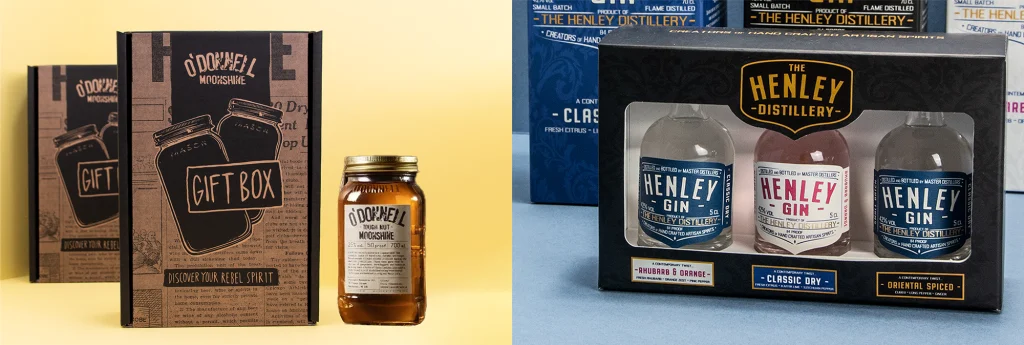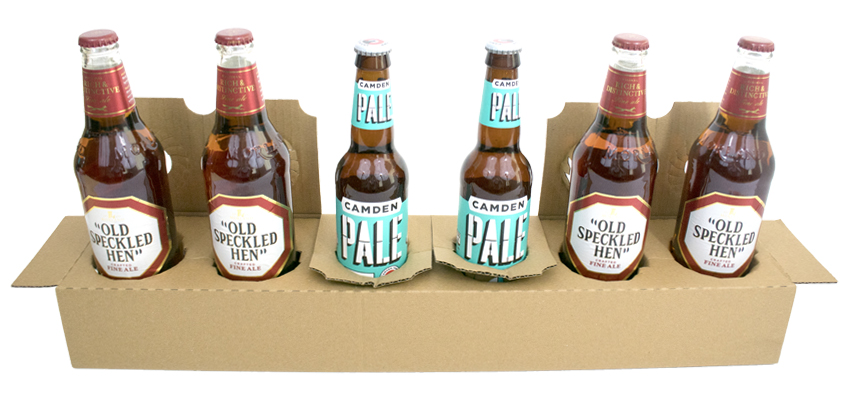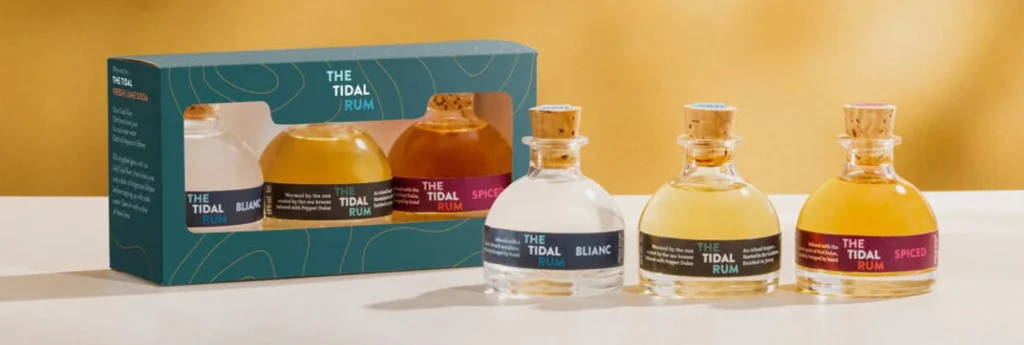The Importance of Packaging Design During Product Development
Got a new product idea that you’re excited to bring to life? We’re here to help you navigate the basic steps and explore why packaging design is crucial, and when you should start thinking about it—it’s sooner than you might expect!
The Basic Steps of Product Development:
- Ideation – Dreaming up that exciting new idea
- Product Definition – Polishing and perfecting your concept
- Packaging Design – Bringing together both primary and secondary packaging
- Prototyping – Crafting a digital visual prototype
- Initial Design – Building a physical model
- Testing – Making sure everything meets the mark
- Product Definition – Putting the finishing touches and bringing your product to life
The Importance of Packaging Design in the Early Stages of Product Development
When you start thinking about packaging design early on, you’re setting your product up for success by making sure it fits perfectly with both the product itself and your marketing plans. It’s like making sure your outfit matches from head to toe! By tackling packaging design at the right time, you help ensure everything runs smoothly during production. You also take care of important details like making sure it’s easy to ship and is environmentally friendly. Planning ahead can save you costly re-dos, help you stick to your timelines, and build a brand vibe that truly speaks to your customers.
Many businesses might put off thinking about packaging design until later, but it’s actually one of the first chances to connect with customers and make a memorable impact that can guide their buying choices.
Related: Packaging Psychology: How Colour Theory in Packaging Affects Consumer Behaviour
Understanding the Difference Between Primary and Secondary Packaging
Primary packaging is like the cosy outfit your product wears, think of packaging like bottles, boxes, cans or wrappers. Its there to protect and preserve the product, keeping it safe and sound until it reaches your customer. This packaging is designed to be user-friendly, easy to handle, open and store.
Secondary packaging is like the trusty suitcase that keeps everything organised, think of it as the sturdy shipping box that holds multiple items together or the neat Shelf Ready Packaging you see on supermarket shelves. It’s also that eye-catching display packaging in retail stores. This packaging does not come into contact with the product directly but wraps around the primary packaging acting as a protective layer. For online retailers, the secondary packaging is designed to ensure your products arrive with the consumer in perfect condition leaving that all-important lasting impression.
Both types of packaging play a key role in a product’s journey, contributing to the product’s protection, market presence, and overall charm. Knowing what each type does can really help businesses fine-tune their packaging strategies to give customers a better experience.
Packaging Design Explained
Packaging design is all about crafting the look and feel of a product’s package. It’s a fun and thoughtful process that blends style, functionality, and what your customers love, helping your product shine and connect with them. These elements aren’t just about looking good—they’re about being practical, sustainable, and boosting the overall experience for your customers. A thoughtfully designed package can show off quality, stir up emotions, and align with what your customers care about, like being eco-friendly.
At Packaging Supplies, we excel in the structural aspects of packaging design. Using a product sample and a brief, we can create the ideal packaging for your items. We have extensive experience working across many industries, including Food, Drink, Cosmetics, Homeware and Fashion.
Packaging Materials
When you’re picking out packaging materials for your new product, there are a few important things to keep in mind that’ll help you make the best choice. Start by thinking about what kind of protection your product needs. For instance, fragile items might need something sturdy like corrugated cardboard or cushioned inserts, while perishable goods could benefit from moisture-resistant materials like certain plastics or coated papers. It’s also a great idea to consider how your packaging choices impact the environment. With more people caring about sustainability, using eco-friendly options like biodegradable or recyclable materials can really influence buying decisions. In fact, in a 2023 study, it was found that 92% of shoppers say sustainability is important when choosing a brand today.
Don’t forget to think about the look and feel that suits your brand, making sure the materials not only protect but also add to the unboxing experience.
Lastly, be sure to consider the cost and availability of these materials to make sure they fit your budget and timeline. By thoughtfully considering these points, you can pick packaging materials that not only meet your product’s needs but also support your brand’s image.
How To Effectively Use Packaging Design as a Marketing Tool
Packaging design is more than just a pretty cover—it’s a powerful marketing tool that goes beyond the basics and an essential part of any marketing strategy! Not only does it represent your brand, capturing eyes and setting your product apart in a bustling market, but it also works like a silent salesperson, boosting sales and building brand loyalty.
- Use storytelling elements to share your brand’s journey or showcase your product’s unique features.
- Add a fun twist with Interactive touches such as QR codes, providing additional information or an entertaining experience.
- Focus on functionality and sustainability, aligning with consumer values and modern trends. Packaging that’s easy to open, recycle, or reuse can make a big difference.
- Place logos strategically, use clear typography, and high-quality visuals to make your packaging pop.
- Keep branding consistent across all packaging elements to create a cohesive look
Why Good Packaging Design Matters
In a nutshell, great packaging design is a must-have and should never be left to the last minute. Here’s a short round-up of how it makes a difference:
Brand Identity: Packaging design is key to establishing and reinforcing a brand’s identity. It visually represents the brand’s values and mission, building trust and recognition in a crowded market.
First Impressions: Packaging is often a consumer’s first interaction with a product, influencing their perception. An eye-catching design can capture attention and encourage further interest in the brand.
Repeat Purchases: Effective design encourages repeat purchases by enhancing the user experience. Visually appealing and functional packaging leads to positive interactions, making consumers more likely to return.
To steer clear of the silliest packaging blunders, check out our blog ‘15 Bad Packaging Fails You Won’t Believe Exist‘.





